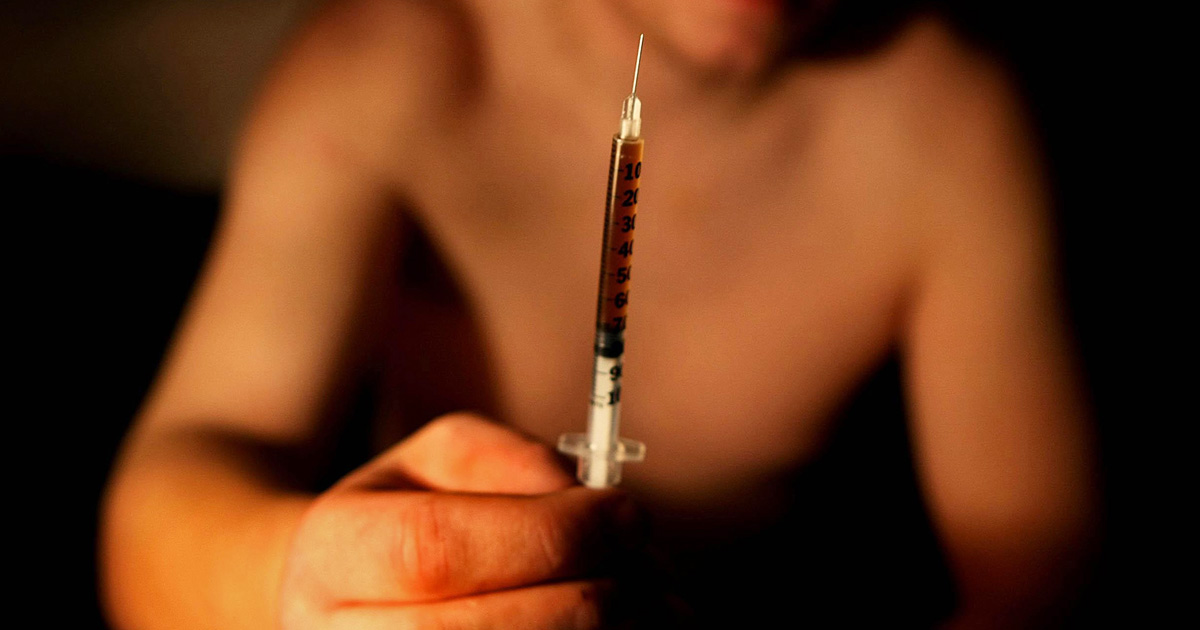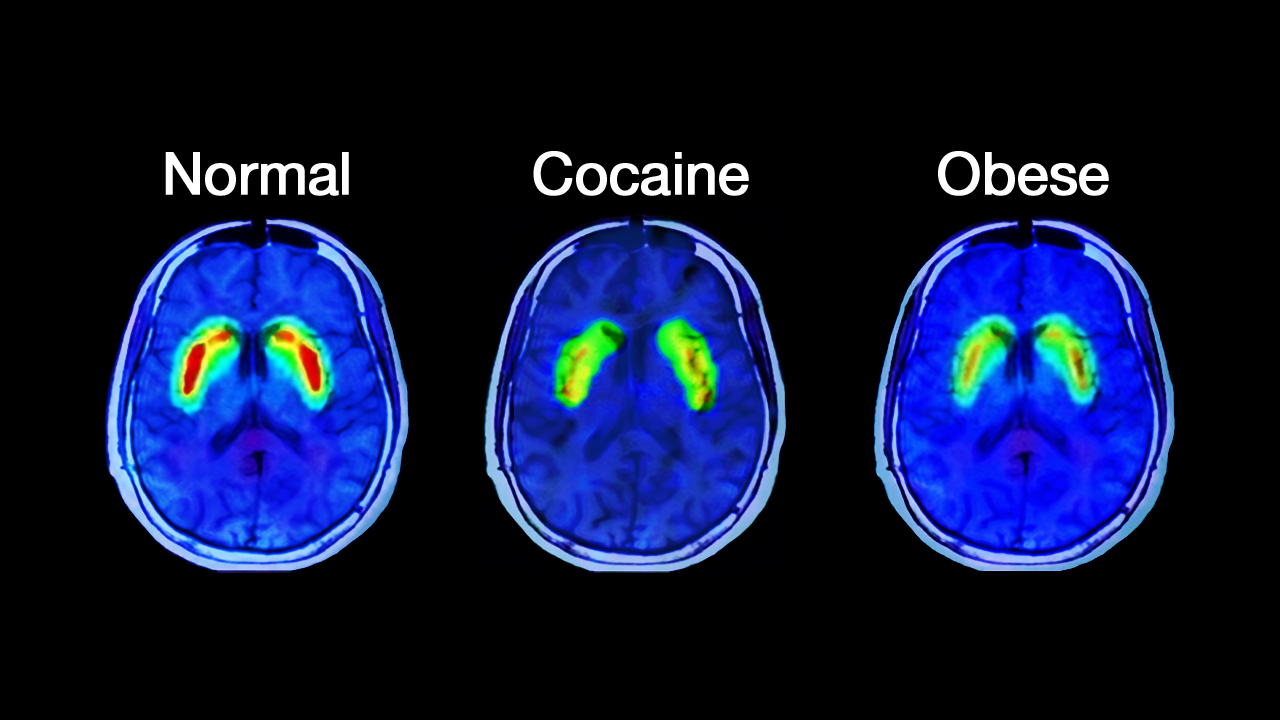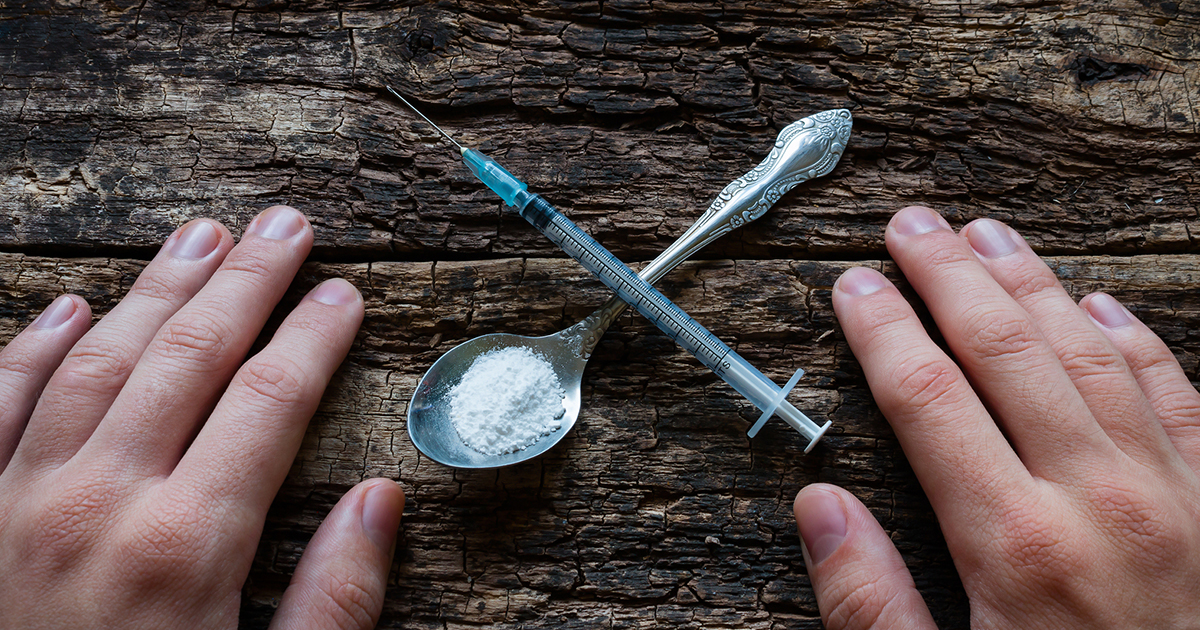What Happens in the Brain of an Addict

By:
People can become addicted to just about anything rewarding — be it drugs, food, or pleasurable activities such as sex. But the process of becoming addicted is generally the same.
What happens in the brain of an addict?
 AP/Julien Behal - apimages.com
AP/Julien Behal - apimages.com
It starts with a rewarding stimulant, which causes a rush of the neurotransmitter dopamine — the feel-good transmitter — to flood the brain and body, Dr. Hanson, director of the Addiction Center at the University of Utah, told ATTN:. Over time, and with prolonged exposure to that stimulant, the part of brain that regulates dopamine overrides the decision-making and information-gathering parts of the brain in the frontal cortex.
"Anything that a person perceives as rewarding will drive through this dopamine pathway," Hanson said. "If it happens time and time and time again, it's a powerful reinforcer for behavior, and that behavior becomes even stronger and stronger until it reaches a point where it's the most important thing in your life."
These MRI scans reveal the differences in brain activity in individuals who suffer from addiction versus those who don't.
 Reddit - reddit.com
Reddit - reddit.com
The MRI scans show activity in the part of the brain that regulates dopamine, but diminished activity in the front cortex, for individuals with addiction.
"If you catch a person who's right at the point where they've taken or engaged in a highly rewarding activity and they've done it over and over again, you will see a brain area called the nucleus accumbens light up," Hanson explained. "That's where dopamine is located."
At the same time that activity in the nucleus accumbens increases in the brain of an addict, activity in the frontal cortex and orbital frontal cortex also decreases. That makes it more difficult for users to prioritize their needs and wants, perpetuating a cycle of addiction.
The longer a user abuses a substance, or indulges in pleasurable activities, the greater their tolerance becomes, making it more difficult to quit. Besides withdrawal symptoms, heavy users also have to work to rewire their brains by abstaining, which is harder for individuals who started using during adolescence, when the brain is still developing.
 BigStock/takdalee - bigstockphoto.com
BigStock/takdalee - bigstockphoto.com
The neurochemistry of addiction reinforces a point commonly made by harm reduction advises: addiction is a disease, as opposed to a moral failing, and thus treatment, as opposed to punishment, represents a more effective option to curb the disease.
